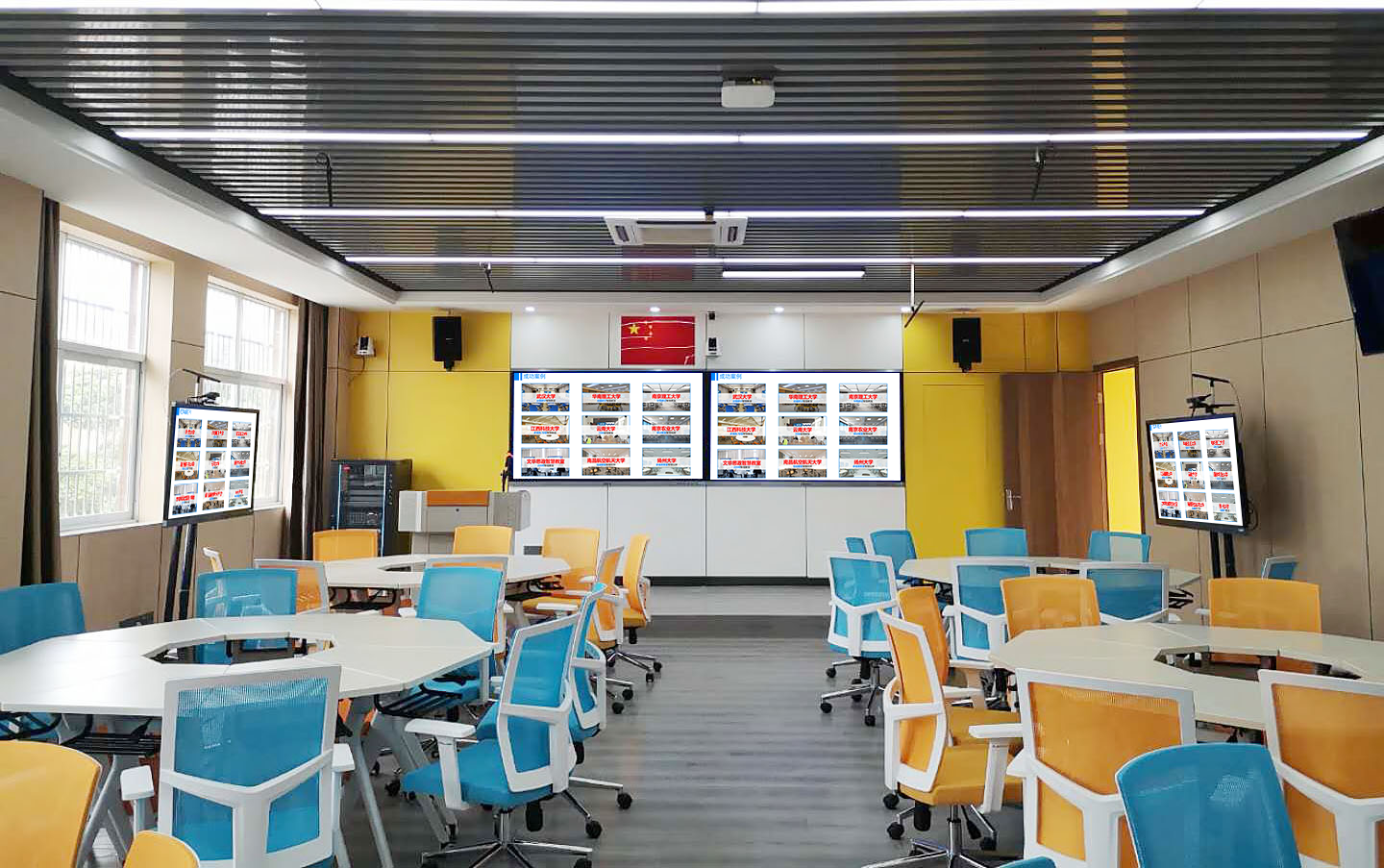New Modes of Group Discussions: Innovative Applications of Wireless Screen Mirroring Technology in Collaborative Learning
Group discussion is an important teaching method in modern education. When combined with wireless screen mirroring technology, it can break through traditional limitations and create richer learning experiences.
1. Limitations of Traditional Discussion Modes
Spatial Restrictions
- Fixed seating arrangements limit flexible grouping and free interaction between students.
- Single display method, usually relying on a single blackboard or projection screen, making it difficult to showcase multiple perspectives simultaneously.
- Limited interaction scope, with discussions often confined within small groups and lacking cross-group communication.
Technical Constraints
- Difficult device connection, requiring cumbersome cables or complex settings to share content.
- Inconvenient content sharing, making it hard to quickly display draft ideas or temporary discussions.
- Lack of process recording, resulting in the loss of valuable thinking trajectories and discussion details.
2. Wireless Screen Mirroring Solutions
Spatial Layout Innovation
- Flexible grouping areas: Design open, movable seating layouts to allow students to form groups freely based on topics.
- Multi-display device configuration: Equip each group with independent screens and deploy a central main screen, enabling both in-group sharing and whole-class communication.
- Mobile terminal support: Allow students to use tablets or smartphones for wireless screen mirroring, eliminating restrictions of fixed devices.
Discussion Process Optimization
- Rapid task distribution: Teachers can push discussion topics, reference materials, and task lists to each group’s screen via wireless 投屏.
- Real-time process tracking: Teachers can monitor each group’s discussion progress through screen mirroring and provide timely guidance.
- Instant result display: Groups can cast their discussion outcomes (such as mind maps, conclusion summaries) to the main screen at any time for cross-group feedback.
3. Implementation Effect Evaluation
Evaluate the improvement effects through multiple dimensions:
- Increased student participation: Measure changes in active speaking, idea contribution, and cross-group interaction.
- Improved discussion quality: Assess the depth, diversity, and logical rigor of discussions compared to traditional modes.
- Enhanced learning outcomes: Track improvements in collaborative problem-solving abilities and knowledge mastery through assignments and assessments.
